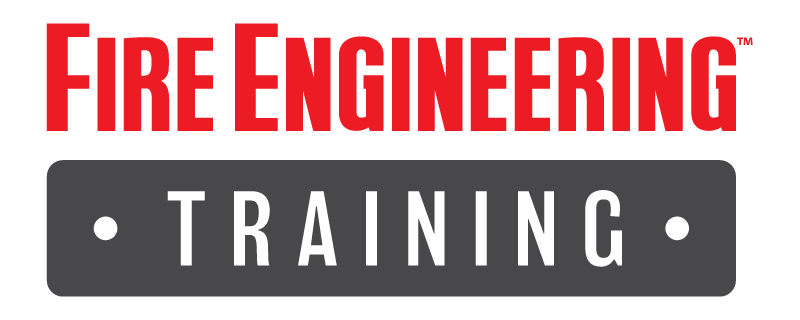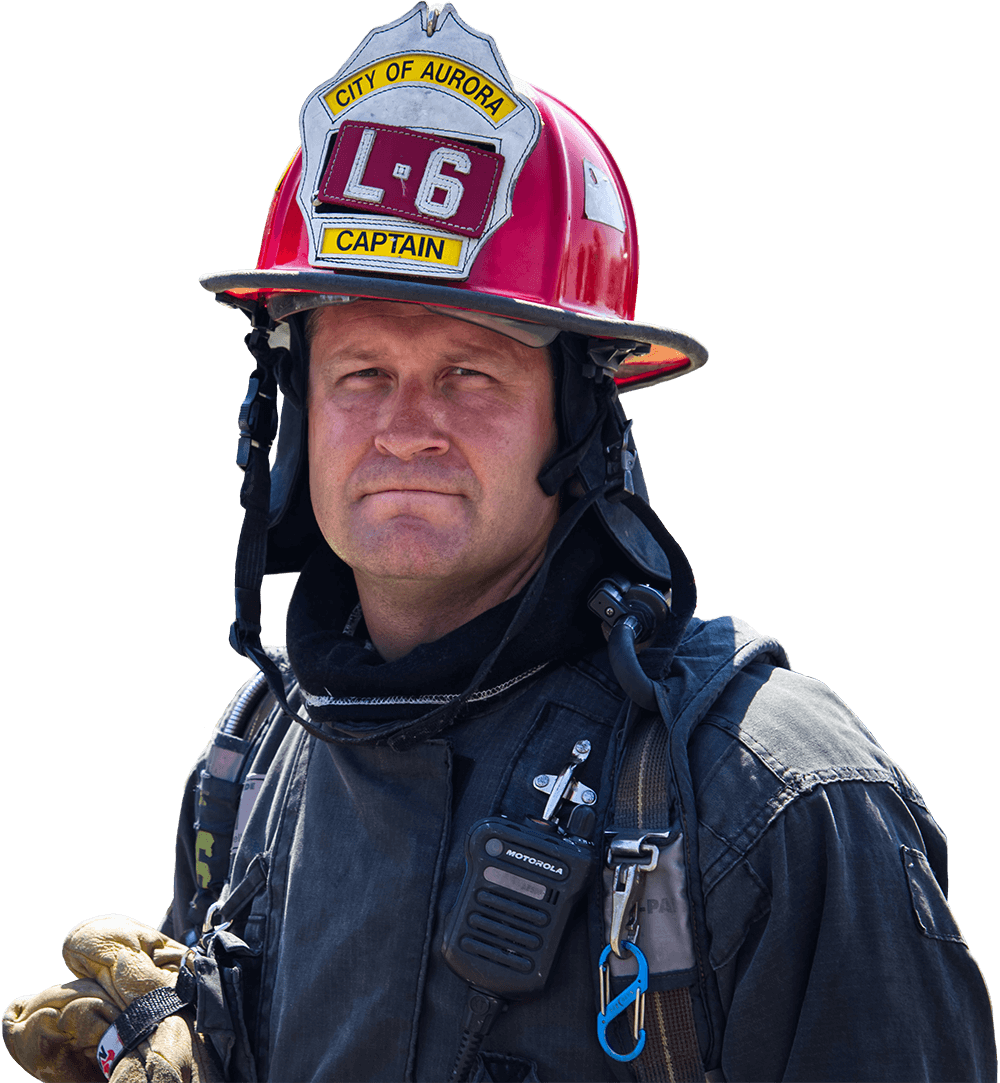Carbon monoxide (CO) is colorless, odorless, and tasteless, making it difficult to identify without the use of a detector. It is created during an incomplete combustion of organic materials, and can be released from many different sources, like car exhaust, burning of natural gases, and forest fires. Patients suffering from acute carbon monoxide poisoning can have immediate and long-lasting effects from exposure. In this course we will review actions EMS providers should take when working with patients suffering from CO poisoning, the delayed injuries that may be caused, and what EMS providers should look for when diagnosing.
Course Type: Full-length Course
Course Duration: 60 min
Allergic reactions, including their more severe form, anaphylaxis, represent an exaggerated or hypersensitive response following exposure to any of a number of triggers or allergens, like food, medications, or pollen. Allergic and anaphylactic reactions are typically but not always mediated by the immune system and are most notable for the fact that many other people would not experience any such reaction when exposed to the same triggers. Anaphylaxis represents the more severe and potentially life-threatening form of an allergic reaction. Your ability to recognize and treat allergic reactions can mean the difference between life and death for some patients. In this course, we'll discuss how the immune system may trigger allergic reactions, anaphylaxis recognition and treatment, as well as epinephrine administration.
Course Type: Full-length Course
Course Duration: 60
Allergic reactions, including their more severe form, anaphylaxis, represent an exaggerated or hypersensitive response following exposure to any of a number of triggers or allergens, like food, medications, or pollen. Allergic and anaphylactic reactions are typically but not always mediated by the immune system and are most notable for the fact that many other people would not experience any such reaction when exposed to the same triggers. Anaphylaxis represents the more severe and potentially life-threatening form of an allergic reaction. Your ability to recognize and treat allergic reactions can mean the difference between life and death for some patients. In this course, we'll discuss how the immune system may trigger allergic reactions, anaphylaxis recognition and treatment, as well as epinephrine administration.
Course Type: Full-length Course
Course Duration: 60
Course Type: Full-length Course
Course Duration: 60
Regular medical and recreational use of cannabis is on the rise among all age groups. In most cases, this is ...
Course Type: Full-length Course
Course Duration: 60
Congenital syphilis is a severe and often life-threatening infection seen in infants whose mothers were infected. In this course, Katherine West, an infection control consultant, addresses the alarming rise in congenital syphilis, a condition transmitted from mother to infant during pregnancy. There are multiple reasons for the rapid increase in congenital syphilis, including inadequate prenatal care and treatment. This course focuses on the importance of universal screening, proper treatment, and the role of healthcare providers and EMS in addressing this preventable condition.
Course Type: Full-length Course
Course Duration: 60 min
Overdoses are not an unusual reason for EMS calls. While the vast majority will do well with supportive care, ...
Course Type: Full-length Course
Course Duration: 60
Simulation training is one of the most effective tools to teach learners new skills. It uses kinesthetic training ...
Course Type: Full-length Course
Course Duration: 60
MYTH – Elderly abuse is becoming less common as the general public becomes more aware. The reality is that statistics of abuse are climbing, and elderly abuse has become an even bigger concern over the past few years. You may have even noticed that geriatric patients make up a large percentage of your calls – up to 40% in many cases. Can you spot the signs of abuse? And once you do, what comes next? Documenting and reporting can seem daunting when you’re worried that it may put you and your judgment under scrutiny as well. We’ll cover these topics and what you can do to make suspected elder abuse reporting a little easier.
Course Type: Full-length Course
Course Duration: 60 min
MYTH – Elderly abuse is becoming less common as the general public becomes more aware. The reality is that statistics of abuse are climbing, and elderly abuse has become an even bigger concern over the past few years. You may have even noticed that geriatric patients make up a large percentage of your calls – up to 40% in many cases. Can you spot the signs of abuse? And once you do, what comes next? Documenting and reporting can seem daunting when you’re worried that it may put you and your judgment under scrutiny as well. We’ll cover these topics and what you can do to make suspected elder abuse reporting a little easier.
Course Type: Full-length Course
Course Duration: 60 min
Athletic trainers are medical professionals who work directly with athletes to prevent injuries from happening but also to care for those injuries when they do occur. Working hand in hand with EMS providers is important to ensure a smooth treatment and transition of patients both on and off the field. In this course, we will review how EMS providers and athletic trainers can work together to achieve this and create a better working relationship for all involved.
Course Type: Full-length Course
Course Duration: 60 min
Athletic trainers are medical professionals who work directly with athletes to prevent injuries from happening but also to care for those injuries when they do occur. Working hand in hand with EMS providers is important to ensure a smooth treatment and transition of patients both on and off the field. In this course, we will review how EMS providers and athletic trainers can work together to achieve this and create a better working relationship for all involved.
Course Type: Full-length Course
Course Duration: 60 min




